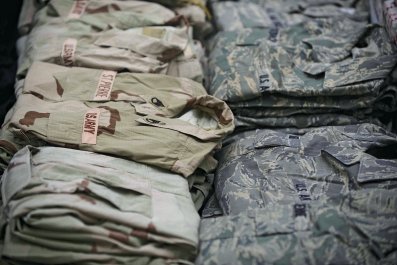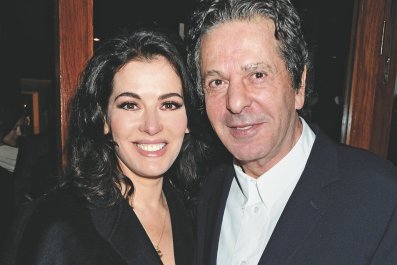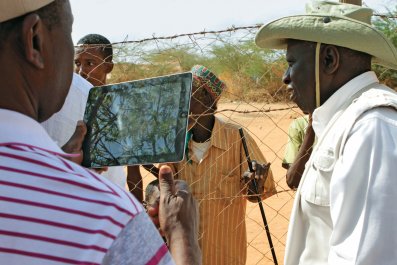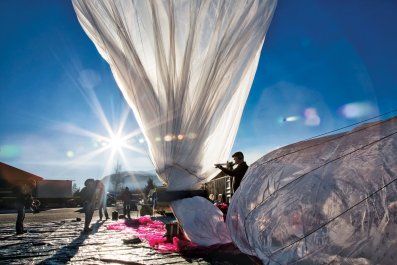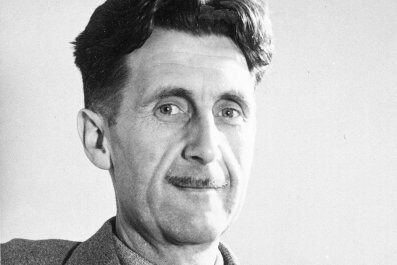ABOUT 400,000 people a year have heart-bypass surgery, and many others have blocked blood vessels replaced in their arms and legs. Sometimes those new veins and arteries are made of Teflon, sometimes from animal parts, and sometimes they are lifted from other parts of the body. But researchers at Duke University and their colleagues have now come up with what vascular surgeon Jeffrey Lawson calls "a pioneering event in medicine." Their team has used human cells to grow new veins on a mesh fabric that then disappears. The artificial—but human—veins are cleaned to remove any material that might cause the patient's body to reject them. Such veins, because they are no longer "alive," can be stored easily and can be mass-produced. But once in place, they function very much like normal blood vessels. Several test implants have been made already in Poland, and earlier this month the first such vein was put in a patient suffering from renal failure in the United States. "A blood vessel is really an organ—it's complex tissue," said Lawson. "We start with this, and one day we may be able to engineer a liver or a kidney or an eye."
Medicine Grows a Better Blood Vessel









